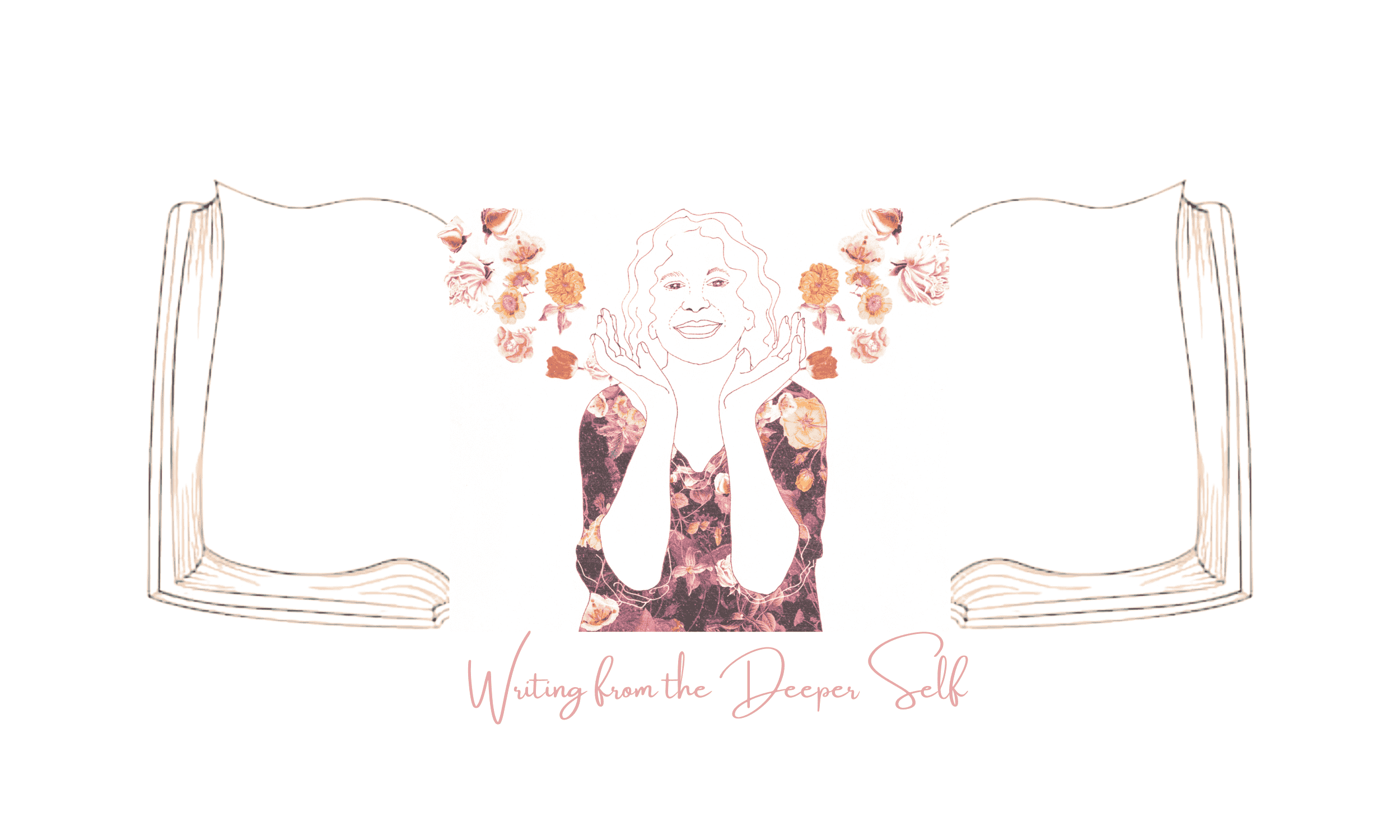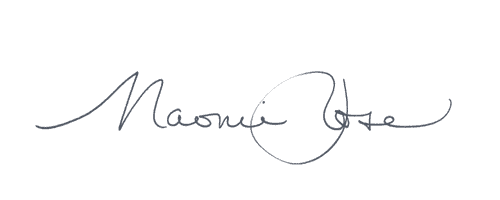Writing from the Deeper Self Blog
posts by Naomi Rose,
Book Developer & Creative Midwife
Welcome to a different kind of writing guidance —
one that honors the deeper creative intelligence within you.
These blog posts offer an alternative to the push-and-pressure approach so common in book-writing advice. Instead of forcing yourself to write, you'll discover how to align with your natural creative rhythms, trust your inner wisdom, and allow your book to emerge from a place of inspiration rather than obligation. Whether you're just beginning to sense a book stirring within you or you're ready to revive an old project that's been calling from the closet, these explorations will help you find your own authentic pathway to the page.
As a Book Developer and Creative Midwife, I've learned that every book writer has their own organic way of bringing forth their work—some need to slow down to speed up, others thrive on right-brained alternatives to traditional outlining, and all benefit from shifting into the consciousness where their deepest work wants to emerge. Browse these posts and let yourself be drawn to what speaks to you now. Your creative self knows what it needs.
SLOWING DOWN TO SPEED UP: finding the writing rhythm that actually serves your creativity
-

A SLOWER RHYTHM CAN RESTORE AND INSPIRE YOU TO WRITE A BOOK
For creativity, health, and more, slow down to the pace of living when you write.
We are trained to see ourselves as less than fully alive, less than made up of life. So we push ourselves around (I know I can), we try to make ourselves accomplish things, we judge ourselves for being too much of this and too little of that. All this creates a chaotic arhythm rather than a steady, supportive rhythm in the breath. And this affects our writing.
-
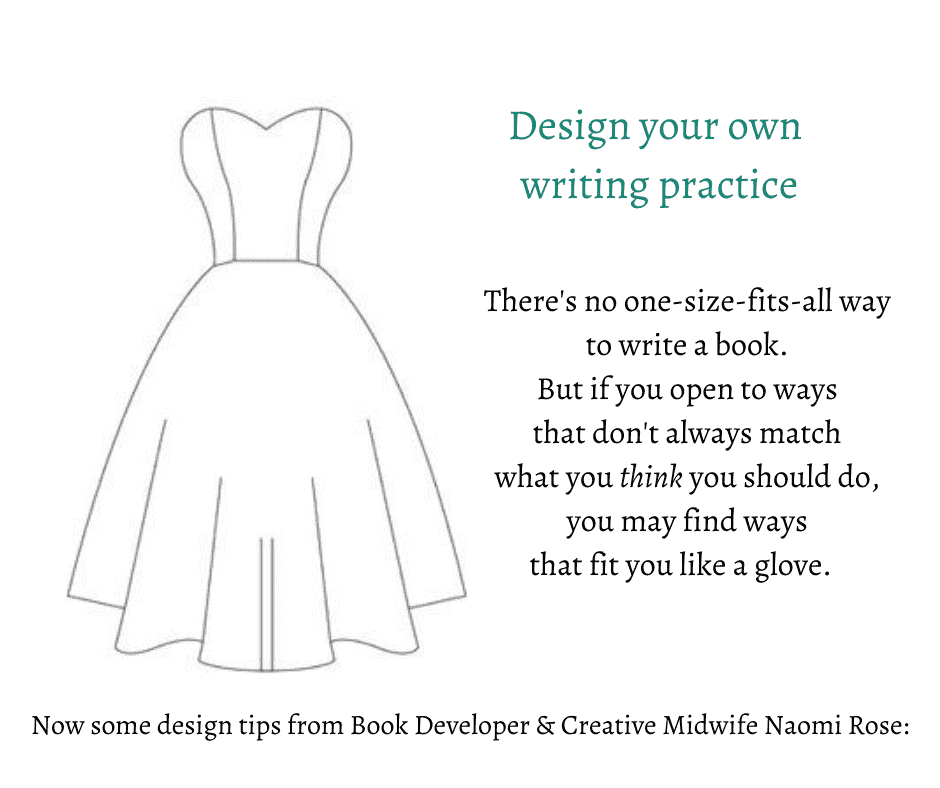
DESIGNING YOUR BOOK-WRITING PRACTICE
There’s lots of advice about when to write, and how many pages to write per session, and other writing-practice to-do’s. But have you realized that you are perfectly equipped to design a writing practice that actually fits you?
-

12 NATURAL WAYS TO BE INSPIRED TO WRITE YOUR BOOK
Inspiration may sound far-off, but it’s really close to home. Here are 12 natural ways you can cultivate to help you love writing a book.
WHAT LIVES BENEATH THE SURFACE: rediscovering the treasures you already carry within
-

GETTING YOUR BOOKS OUT OF THE CLOSET AND BRINGING THEM BACK TO LIFE
Have you given up on some old book ideas? Are they living inside a closet (literally, or in your mind)? Maybe it’s time to bring them out of the closet, and remember what you saw in them in the first place. . . .
-

WRITING IN YOUR NATIVE LANGUAGE (It may not be what you think it is)
Do you remember learning the language you speak? All children are born with the potential to speak any language at all — from highly structured grammatical languages to clicks that Westerners couldn’t easily duplicate — but from the great width of this potential, the sounds narrow down to emulate what the parents and other adults in the vicinity speak.
But what about the world we inhabited before learning our “native” language? What about our truly native language? How much of that has had room to persist and be known and made use of?
-
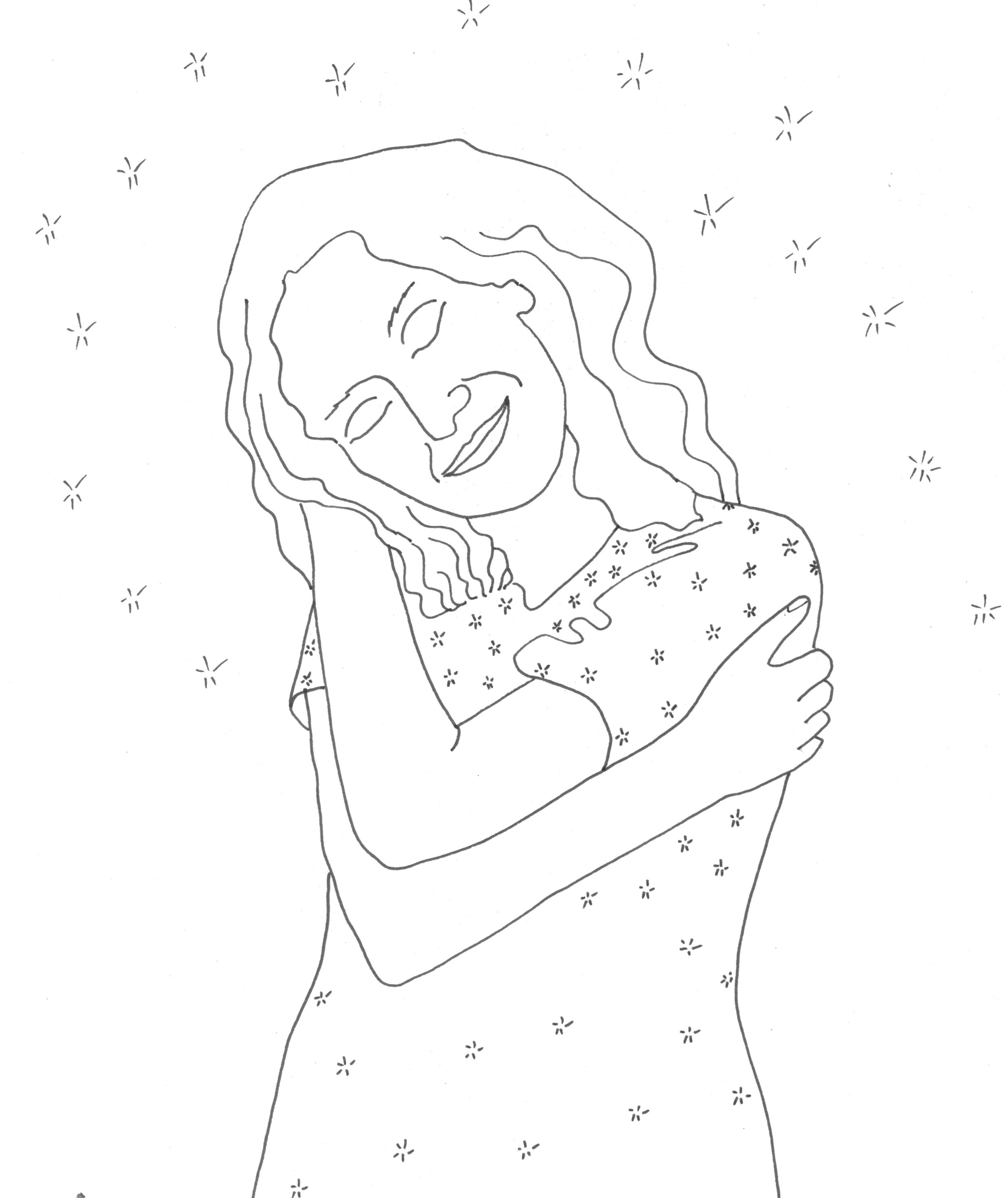
PLEASE YOURSELF IN WRITING A BOOK
Writing a book to please readers may mean you’re not really present for yourself in the writing. But when you truly please yourself, your readers will feel what's behind your presence on the page and resonate with that same presence in them.
WHEN WRITING BECOMES RECEIVING: aligning with the flow that wants to move through you
-

ALIGNING YOURSELF IN WRITING YOUR BOOK
The more you can be aligned within yourself, the more natural — and enjoyable — your experience of writing a book will be.
-

RECEIVING — The secret of loving writing your book
In writing a book, it's not just about getting words down on the page. It’s about listening to yourself, and seeing what rises up to meet your invitation -- in other words, receiving. Then, the words give themselves to you.
-

THE ANGEL IN THE CARROT (We are always being wooed by inspiration)
Your job is to stoke the desire to write your book, and to be alert to what comes to you as a response. When you say “yes” to it and breathe it in, its gift will show up as your desire to start writing. Even an angel-shaped carrot can teach us this.
THE MUSE IS ALWAYS CALLING: learning to recognize and trust your creative invitations
-

BOOKS TO INSPIRE YOUR OWN BOOK-WRITING
Some books act as good medicine for writing your own book. Sometimes because they address the craft of writing directly, but also through the slantwise gifts they make available to you. Creativity is an inherent and spiritual part of our makeup, but we don't always get encouragement or validation for our own creative ways. Here are two books worth your while.
-

MEETING YOUR MUSE — A Mary Cassatt moment.
Your Muse can show up with you sit down to write a book and call it in. But it also can show up anywhere, even when taking a breather at a park where families congregate.
-

10 GOOD REASONS TO WRITE A BOOK
There’s no point in writing a book because someone else told you you should. The only real reason to do it — and the only thing that will sustain you through the journey of chapter after chapter — is the knowing that you are called to do this from within. Then, writing a book becomes a gift to yourself, from yourself.
DOORWAYS TO THE CREATIVE UNKNOWN: shifting into the consciousness from where your deepest work emerges
-

SHIFTING CONSCIOUSNESS — The secret of Writing from the Deeper Self.
Entering into an inspired place to write from often is helped by something prior to the words. Making this shift in consciousness may be the most valuable thing you can do for your writing, because when the inner environment is in place, you basically have everything you need to ease into yourself and bring forth the infinite treasures that await within.
-
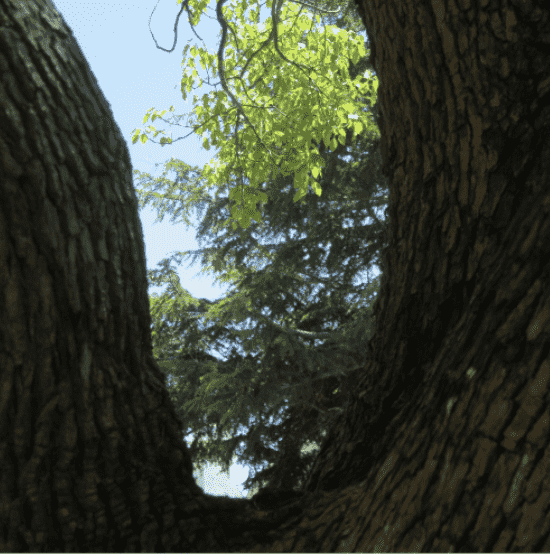
CALLING FORTH THE GROWING TIP OF YOUR INNATE CREATIVE NATURE
Whether writing a book or birthing any creative form, your soul wants to be heard. The movement towards the unknown is the nature of our soul’s emerging becoming, much like a plant seedling indicating what its true nature will look like after the first, generic leaves have come. Can we trust that the falling away of what we have known opens the opportunity for something more true to arise?
-

FROM CHAOS TO CREATIVITY (When the door you open leads to something bigger than you expected)
Chaotic times are frequently an intrinsic opening to a new creation of some kind. Yes, chaos is the parent of a more cohesive form, opening a door into something else you may find you want.
YOUR BOOK, YOUR WAY: discovering the creative pathway that's uniquely yours
-

Are You a “Top Down” or a “Bottom Up” Kind of Writer? (Or Somewhere in Between?)
Knowing your own natural creative pathways lets you work with yourself instead of against yourself, and write as yourself.
A clarifying excerpt from my book, Starting Your Book: A Guide to Navigating the Blank Page by Attending to What’s Inside You (on the “Books” page of this website)
-
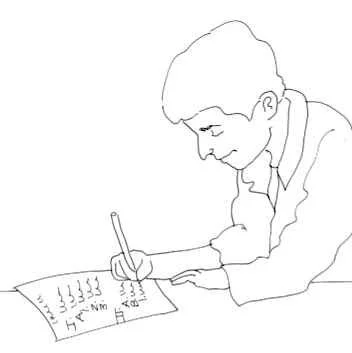
A Right-Brained Alternative to Writing an Outline
Just because we have been trained to write outlines doesn’t mean that this the only way to discover the your book’s trajectory. You may be a perfect candidate for a more organic, right-brained approach to structuring your writing — easy to do, and fun in the bargain!
-

An Alchemical Recipe for Writing your Book (This recipe always works, if you add the essential ingredient: YOU.)
I know cooks who swear by having a recipe to follow, which they do the the letter. I’ve done that too. But what I really enjoy most is seeing what ingredients I have on hand, and then putting them together in an appealing way.
But there are times when only a recipe will do. So here is a “recipe” for writing a book, which you can follow to the letter or improvise with as you are called to. It takes a week to get your book started. After that, the book itself may tell you how to proceed.
